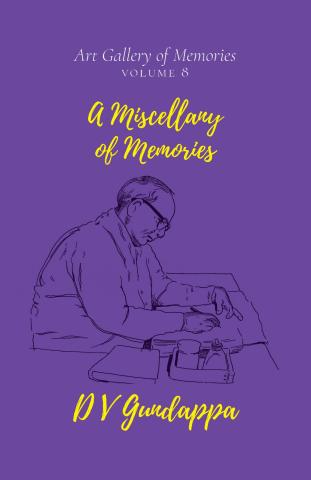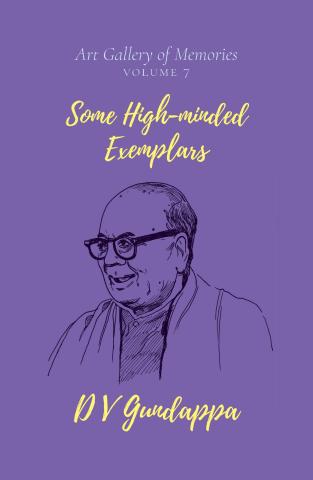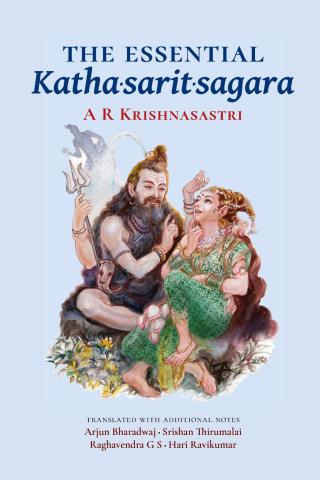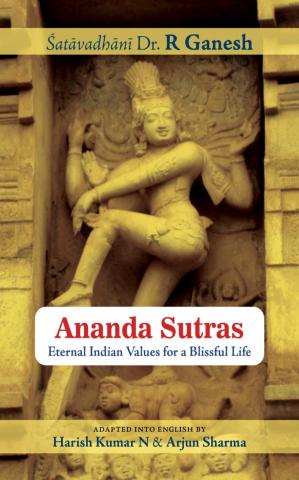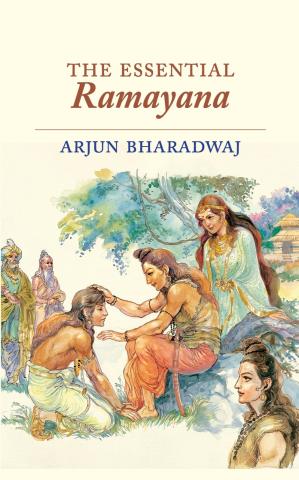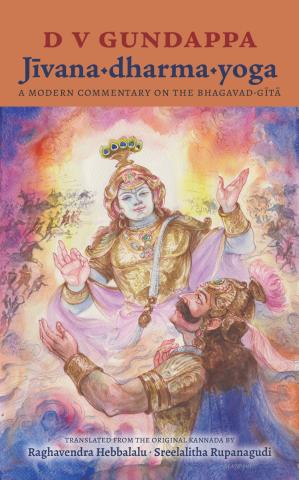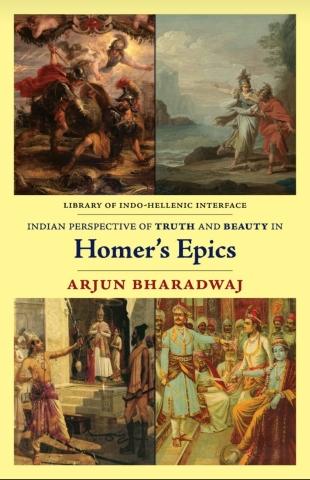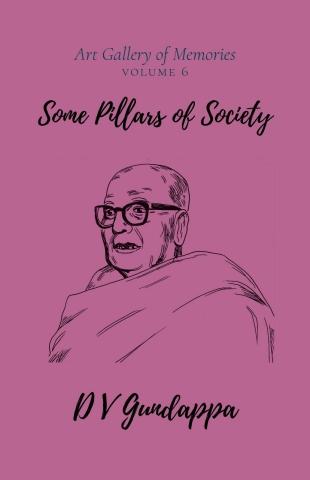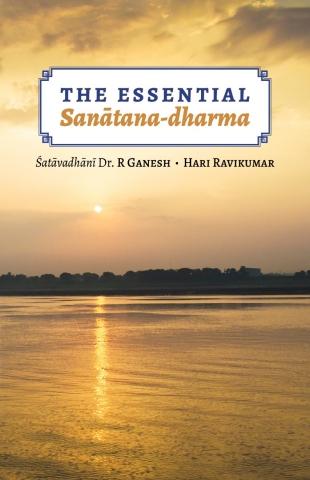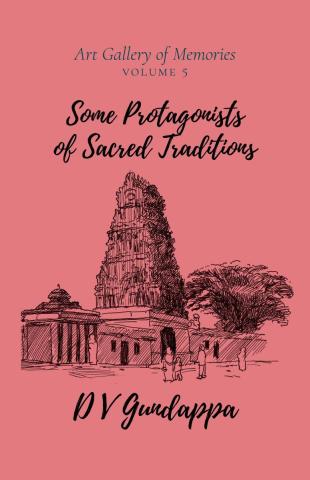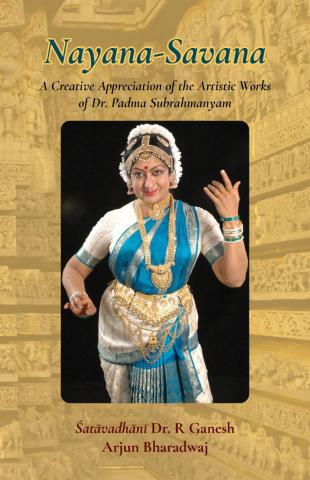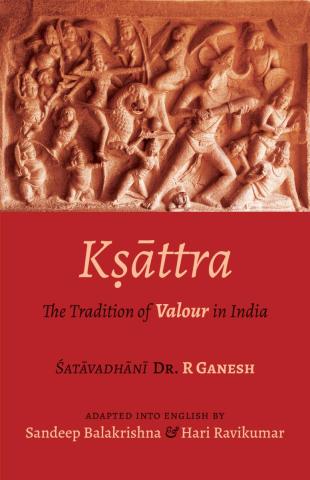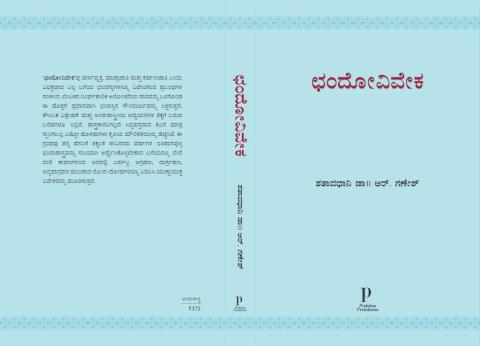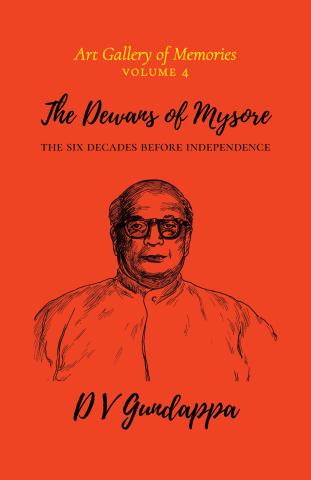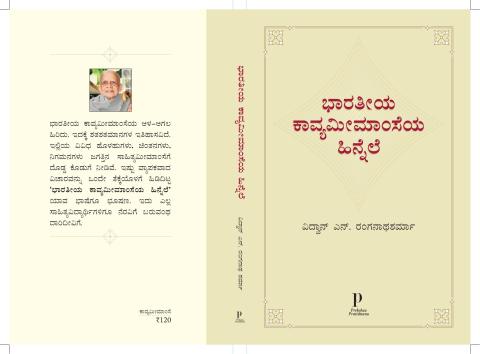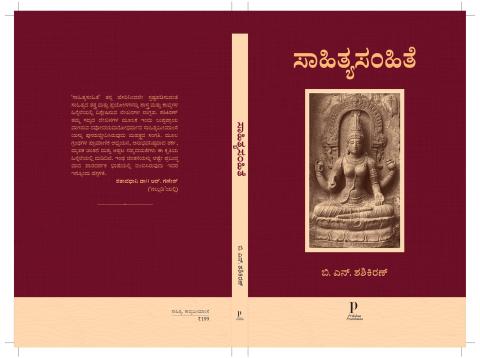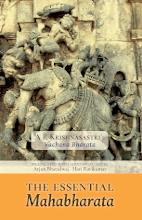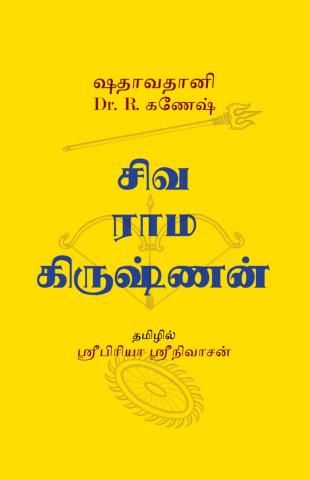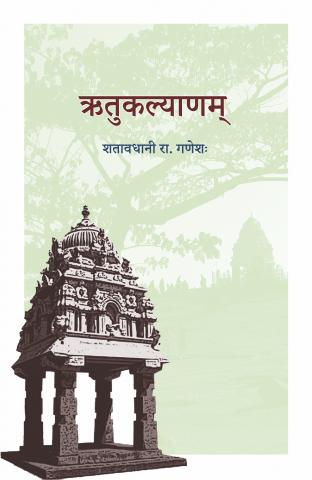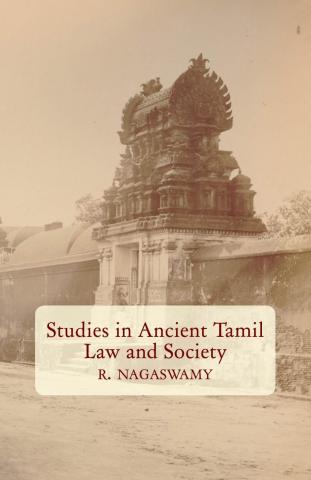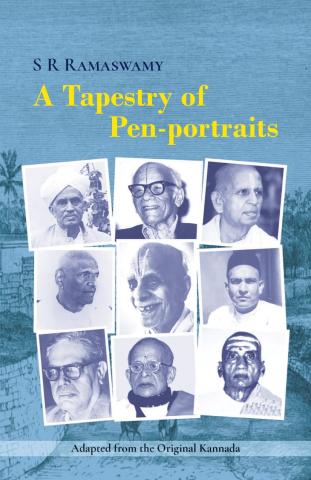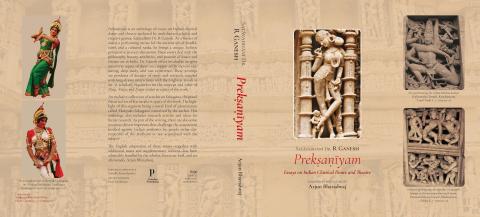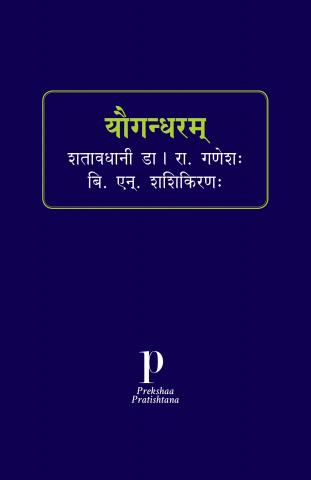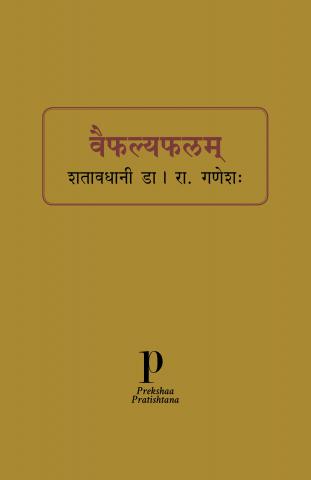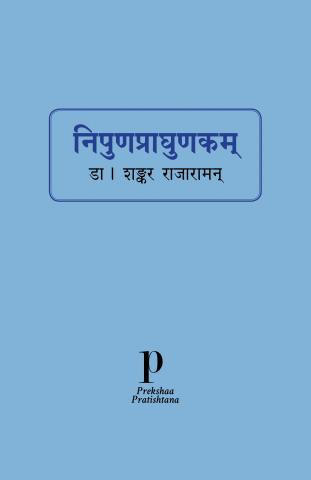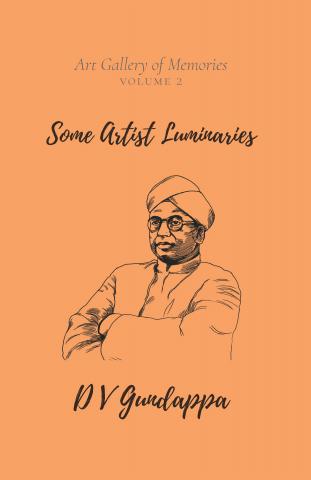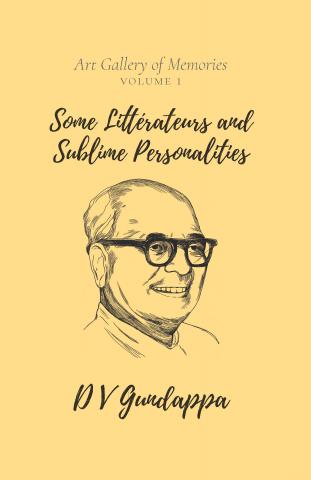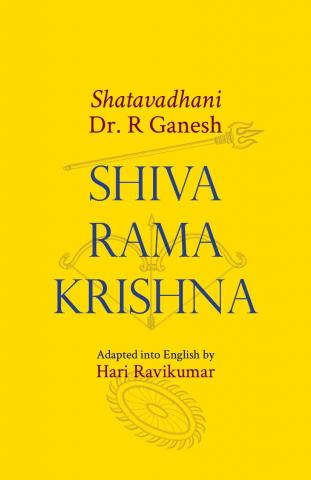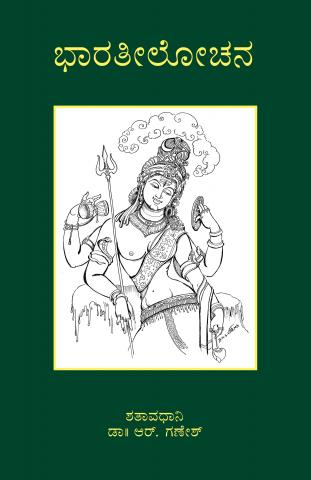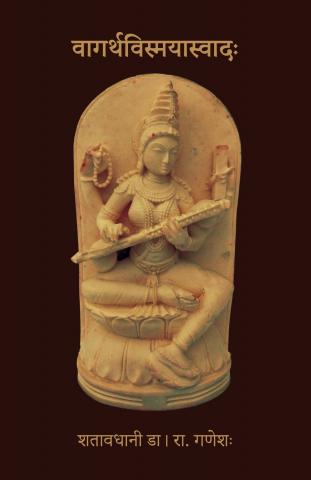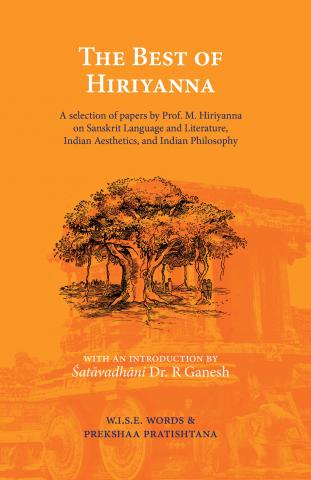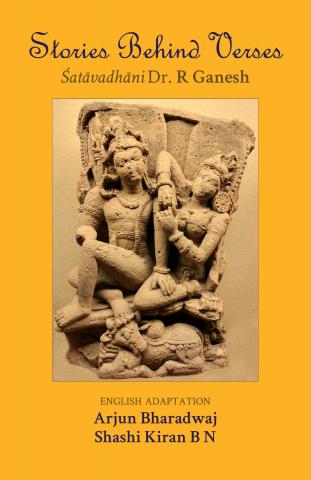Moonrise
किं पद्मस्य रुचिं न हन्ति नयनानन्दं विधत्ते न वा
वृद्धिं वा झषकेतनस्य कुरुते नालोकमात्रेण किम् ।
वक्त्रेन्दौ तव सत्ययं यदपरः शीतांशुरभ्युद्गतो
दर्पः स्यादमृतेन चेदिह तदप्यस्त्येव बिम्बाधरे ॥ (3.13)
Doesn’t your moon-face eclipse the beauty of the lotus? Doesn’t it make the flag-bannered Manmatha to swell, just by its appearance? Now, this other moon has risen. If there is pride on account of the presence of nectar (in the real moon), that too is present in your lower lip, which is like a bimba fruit.
The touch of the beloved
व्यक्तं लग्नोऽपि भवतीं न धक्ष्यति हुताशनः।
यतः सन्तापमेवायं स्पर्शस्ते हरति प्रिये॥ (4.18)
The fire does not seem to burn you, although it touches you, since, O darling, your touch can remove heat itself.
Nāgānanda
The courage of a lovelorn man
नीताः किं न निशाः शशाङ्कधवला नाघ्रातमिन्दीवरं ?
किं नोन्मीलितमालतीसुरभयः सोढाः प्रदोषानिलाः ?
झङ्कारः कमलाकरे मधुलिहां किं वा मया न श्रुतो ?
निर्व्याजं विधुरेष्वधीर इति मां येनाभिधत्ते भवान् ? (2.6)
Have I not spent nights that are bright with the moon? Haven’t I smelled the blue lotus? Haven’t I endured the evening breezes fragrant on account of mālatī flowers? Haven’t I heard the humming of the bees on the lotus-filled lake? What makes you assert bluntly that I am devoid of courage among the lovelorn?
The beauty of a garden
निष्यन्दश्चन्दनानां शिशिरयति लतामण्डपे कुट्टिमान्तान्-
श्रुत्वा धारागृहाणां ध्वनिमनुतनुते ताण्डवं नीलकण्ठः।
यन्त्रोन्मुक्तश्च वेगाच्चलति विटपिनां पूरयन्नालवालान्-
आपातोत्पीडहेलाहृत-कुसुम-रजः-पिञ्जरोऽयं जलौघः॥ (3.7)
The latex of the sandalwood trees cools the studded floor of the pavilion of creepers; peacocks dance to the backdrop of the sound of the fountains nearby; this stream of water too, pumped out by a mechanical contrivance and reddish-brown with the pollen of flowers carried by the gush, flows rapidly, filling the basins of trees.
Ocean
कवलित-लवङ्ग-पल्लव-करिमकरोद्गारिसुरभिणा पयसा॥
एषा समुद्र-वेला रत्न-द्युति-रञ्जिता भाति॥ (4.4)
With its waters fragrant because of the scents of the elephants and crocodiles which have browsed the clove-sprouts, this tide of the sea sparkles, tinged with the lustre of the gems.
HH Wilson’s Critique of the Ratnāvalī
‘The Ratnavali’, considered also under a purely literary point of view, marks a change in the principles of dramatic composition, as well as in those of social organization. Besides the want of passion and the substitution of intrigue, it will be very evident that there is in it no poetic spirit, no gleam of inspiration scarce even enough to suggest a concert in the ideas. The only poetry of the play in fact is mechanical. The structure of the original language is eminently elegant, particularly the Prakrti. This dialect appears to equal advantage in no other drama, although much more laboured in the Malathi Madhava. The Sanskrit style is also very smooth and beautiful without being painfully elaborate. The play, is indeed, especially interesting on this account that whilst both in thought and expression there is little fire or genius, a generally correct and delicate taste regulates the composition and avoids those absurdities which writers of more pretension than judgement, the writers of more recent periods invariably commit. ‘The Ratnavali’ in short may be taken as one of the connecting links between the old and the new school; as a not unpleasing production of that middle region, though which Hindu poetry passed from elevation to extravagance … It is chiefly valuable as a picture of Hindu manners in a sphere of life secluded from common observation and at a period of some antiquity. The manners depictured are not influenced by lofty principle or profound reflection, but they are mild, affectionate and elegant …
The story is romantic, the incidents are well contrived, the situations are eminently dramatic, and although the spectator is let into the secret of the plot from the beginning, the interest is very successfully maintained. The intrigue corresponds perfectly with the definition given by Schlegel: it is the union of unexpected combinations, resulting from the contending operation of accidental occurrences and premeditated designs.
In the circumscribed limits of the action, we have no right to expect much contrast or development of character, and it is enough that all the individuals introduced preserve their identity. This is true even of the chambermaids, and the obliging confidante of the heroine is distinguishable from the termagant adviser of the queen…
To be continued ...
The current series of articles is an enlarged adaption of Prof. A. R. Krishnasastri's Kannada treatise Saṃskṛta-nāṭaka. They are presented along with additional information and footnotes by Arjun Bharadwaj.




